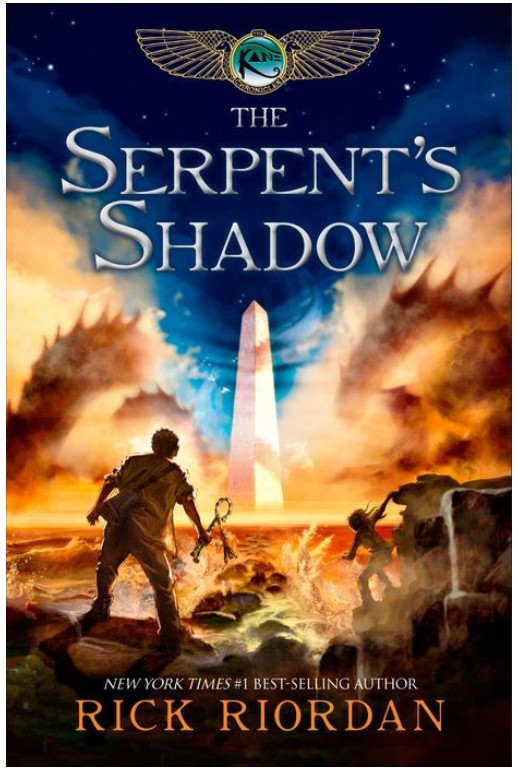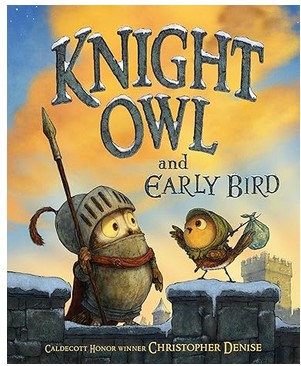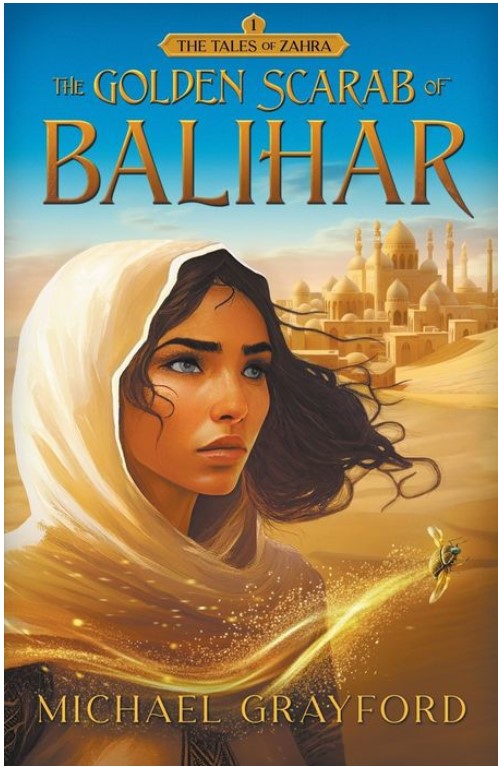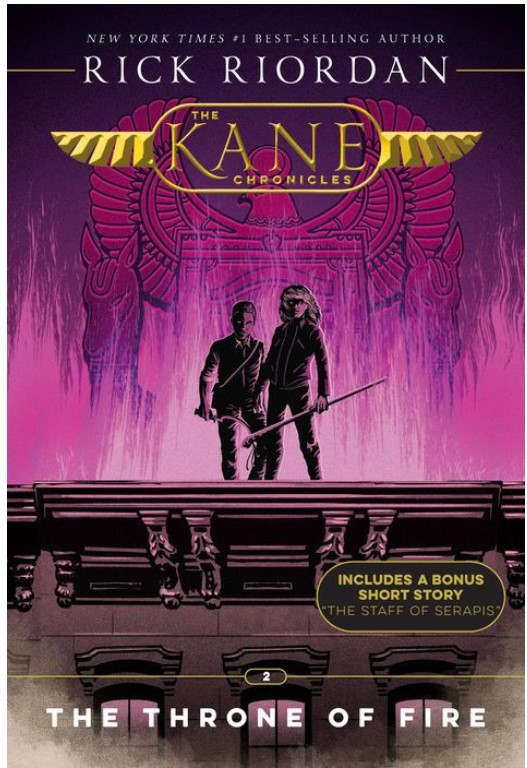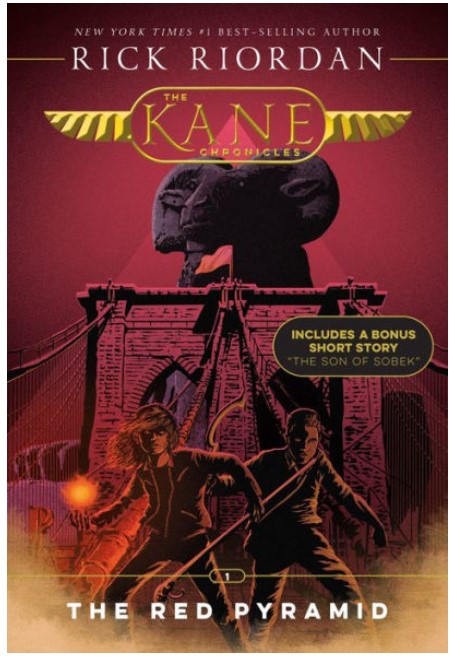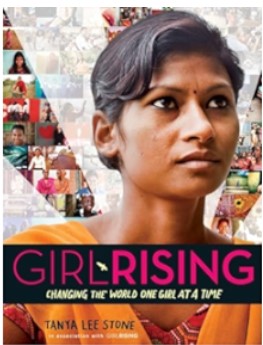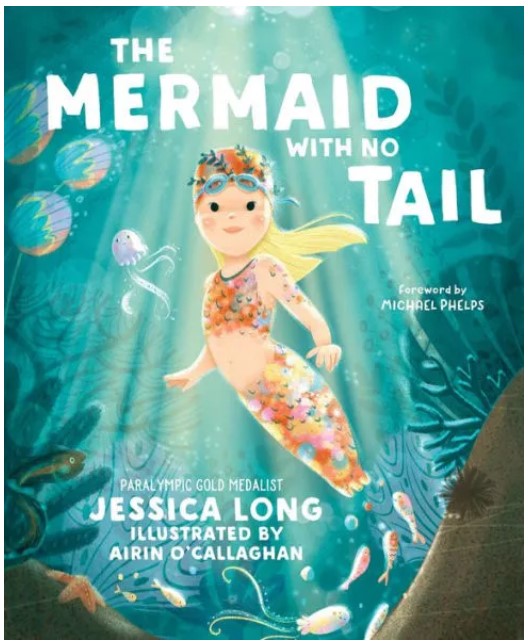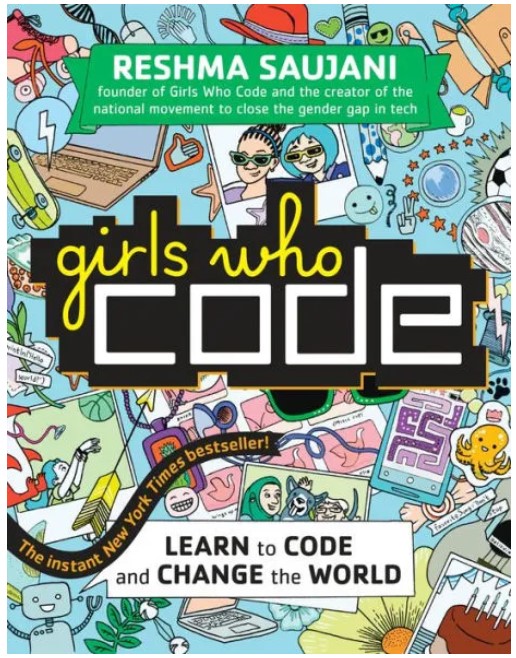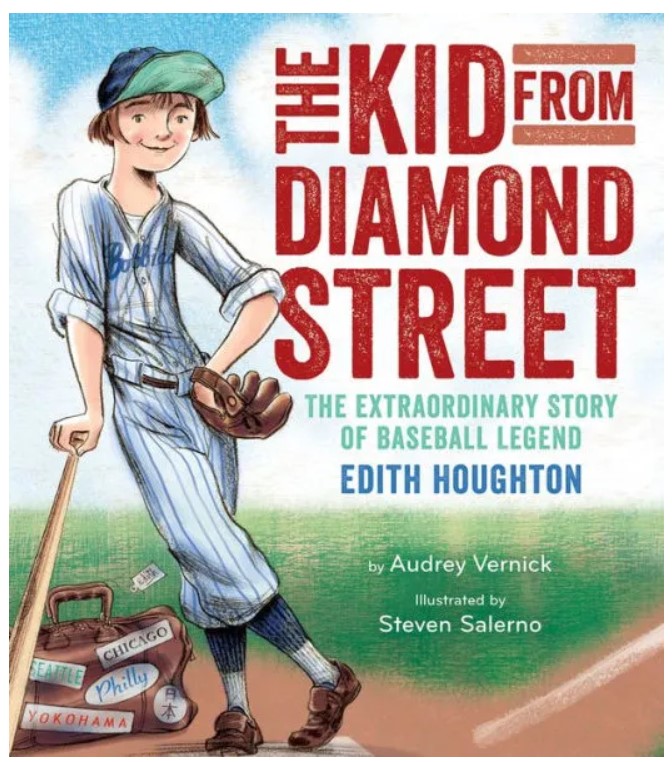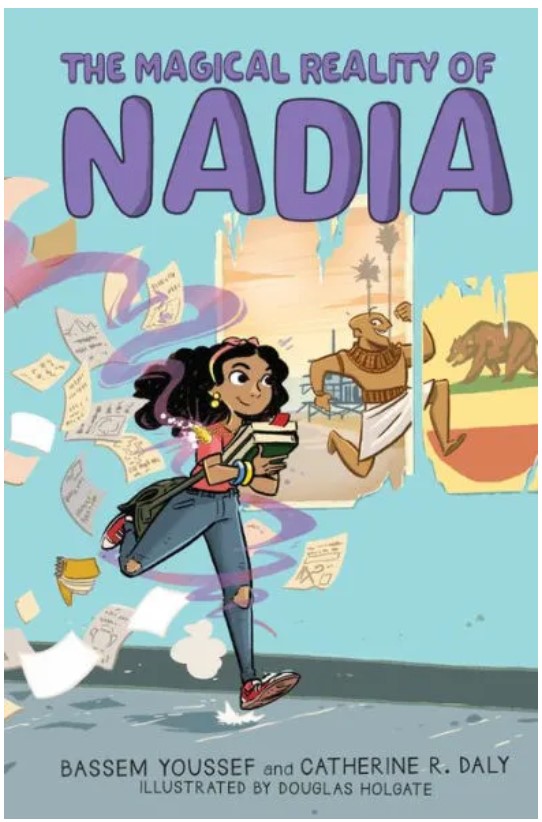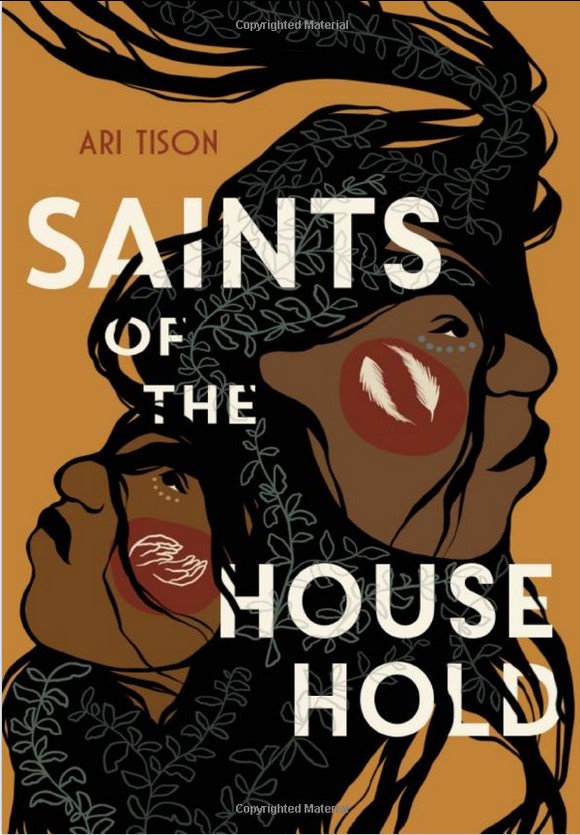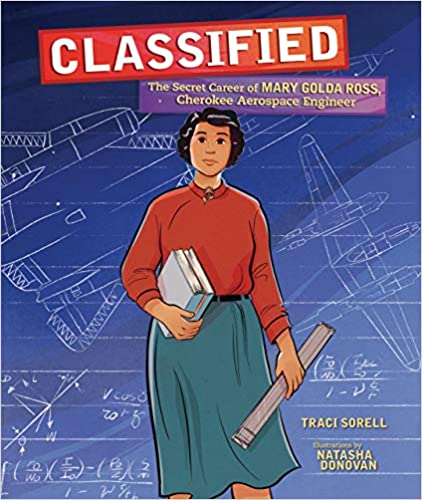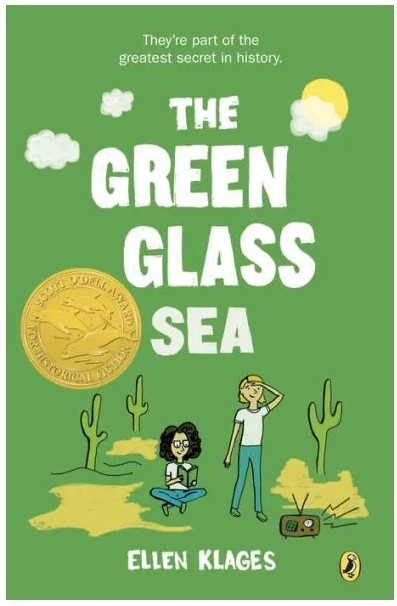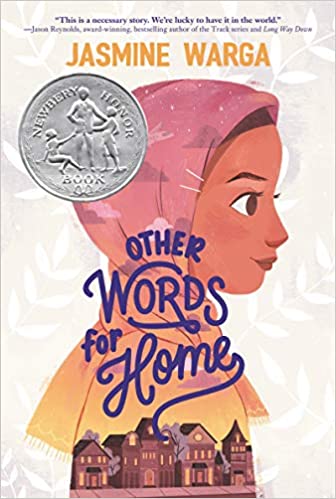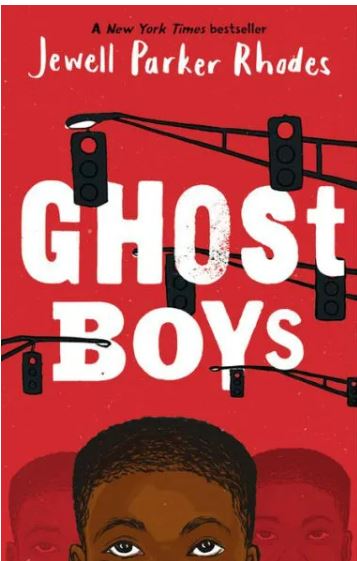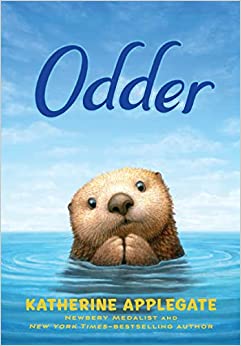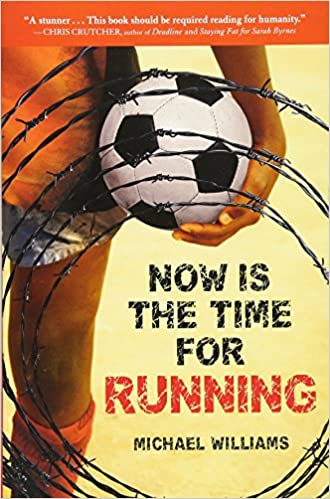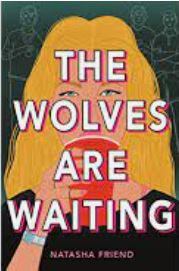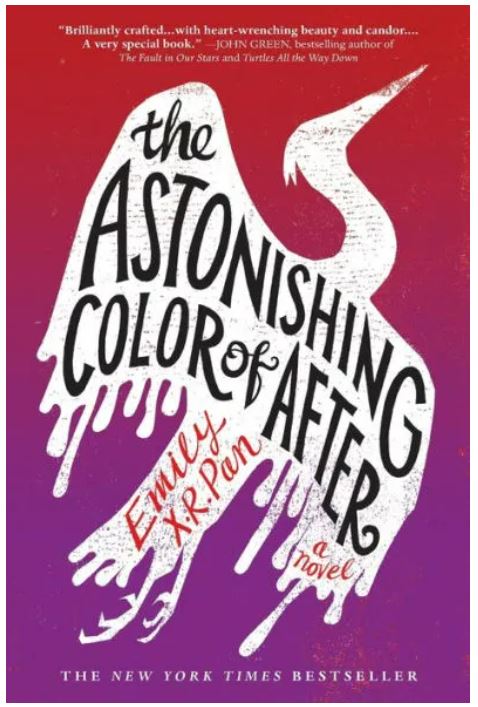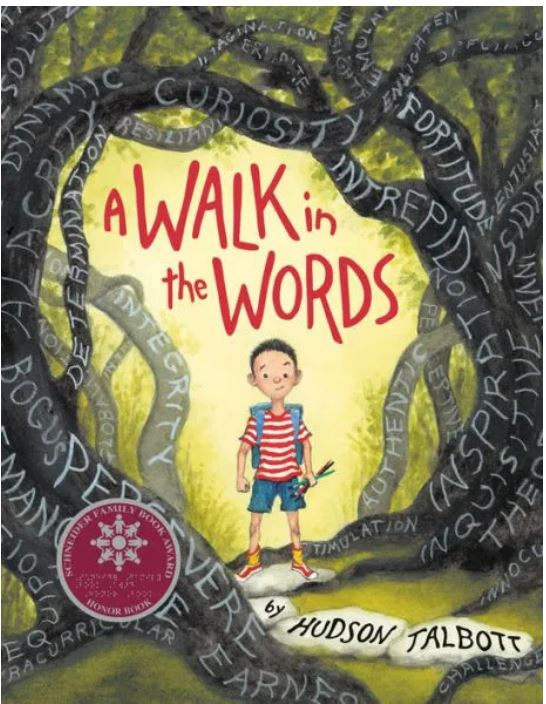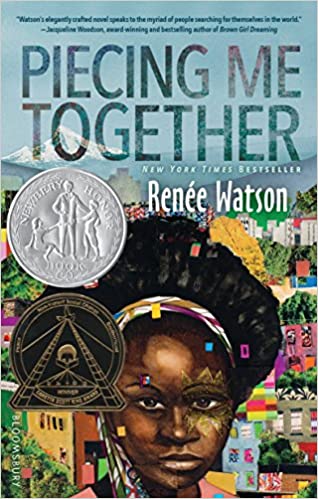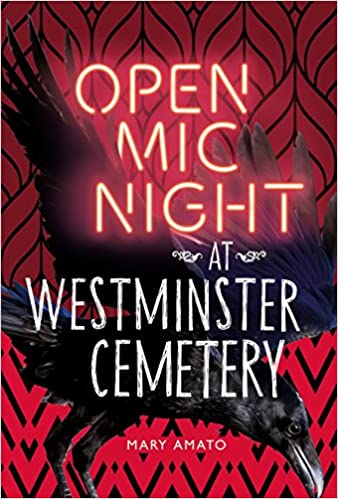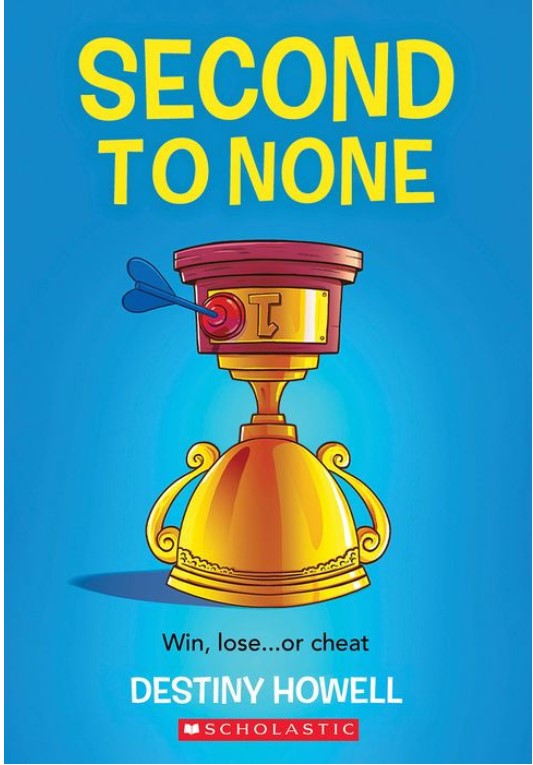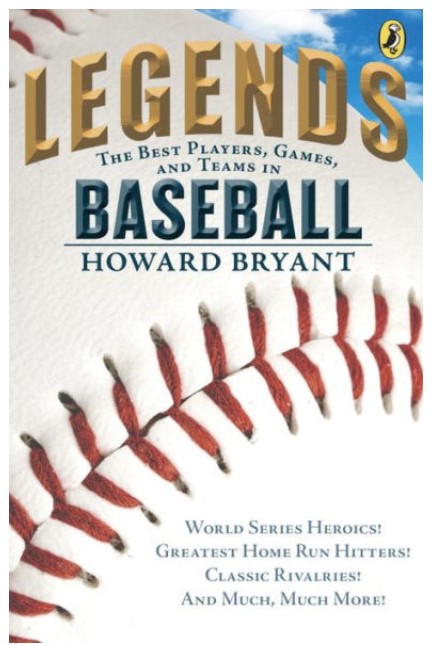Following the events of Book Two of The Kane Chronicles: The Throne of Fire, Carter and Sadie prepare to face the Serpent of Chaos, Apophis. “It had been six months since the Chaos snake Apophis had escaped from his Underworld prison, but he still hadn’t launched a large-scale invasion of the mortal world as we’d expected.” Apophis has attacked several Nomes—organized groups of magicians—but Apophis seems to be waiting for the perfect time to launch a destructive attack on the entire mortal world. As Apophis’ attacks on groups of magicians continue, Carter and Sadie are determined to find a way to defeat Apophis, before he can reach his goal of overrunning the mortal world with chaos.
In this book, Carter and Sadie reflect on and experience a lot of loss, which some readers may be able to empathize with. Carter explains, “I’d already lost so many people. My mom had died when I was seven. My dad sacrificed himself to become the host of Osiris [Egyptian god of the dead] last year. Over the summer, many of our allies had fallen to Apophis.” Having lost so many people that they love, Carter and Sadie have grown closer, and they recognize how important it is that they support each other. As Carter explains, “I needed [Sadie].”
An important theme in The Serpent’s Shadow is Sadie’s evolving relationships with Anubis, the Egyptian god of funerals, and Walt, her friend and fellow magician. Middle-grade readers will likely sympathize with Sadie as she struggles to understand her emotions. Sadie explains that she does not really know what she wants and feels conflicted. “My heart had been torn between [Walt] and Anubis for months now, and it just wasn’t fair of Anubis to pop into my dreams, looking all hot and immortal, when poor Walt was risking his life to protect me.”
Things take a dramatic turn for Sadie when Walt, who has been dying of an incurable curse, is able to live—but only by becoming the mortal host of Anubis. At first, Sadie is mortified and does not know how to handle both Anubis and Walt being in one body, but she is ultimately able to accept this. Sadie “saw [Walt] smiling down at me. Anubis, too. I could see them both, and I realized I didn’t have to pick.” Sadie ultimately decides to pursue a relationship with Walt even after he becomes Anubis’ host, saying, “This was a new boy in front of me, and he was everything I liked.”
Ultimately, to defeat the Serpent of Chaos, Apophis, the gods and goddesses must work together with the mortal magicians. While the gods and goddesses keep the serpent at bay, Carter and Sadie are able to perform a spell and defeat Apophis by destroying his shadow, or his sheut. Carter and Sadie visit their parents in the underworld, where their mom emphasizes the importance of magicians working in tandem with the gods to create harmony. Carter and Sadie’s mom says, “Keep teaching the path of the gods. Bring the House of Life [the organization of the magicians] back to its former glory. [Sadie] and Carter will make Egyptian magic stronger than ever. And that’s good . . . because your challenges are not over.”
Readers who enjoy mythology, action, and magic will love this series, which is an absolute must-read because of its message of working together to make the world a better place, or in Carter and Sadie’s case, to defeat the Serpent of Chaos.
Sexual Content
- While running from an angry goddess, Walt, Sadie’s friend and fellow magician, kisses Sadie. “He nodded, then gave me a hasty kiss. ‘Good luck.’”
- After successfully performing a spell to avoid being captured, Sadie kisses Walt. “I kissed him properly—or as properly as possible given our situation.”
- Carter and Zia, Carter’s friend from the first two books and fellow magician, kiss. “She leaned over and kissed me. I’d imagined this many times, but I was so unprepared, I didn’t act very cool about it. . . I said something like ‘Hum-uh-huh.’”
- Carter and Zia kiss while on a date in the mall’s food court. “She leaned over and kissed me.”
- After Walt explains to Sadie how he agreed to become Anubis’ mortal host so that he could stay alive in spite of his curse, Walt and Sadie kiss. “[Walt] leaned down and kissed me.”
Violence
- Carter and Sadie fight alongside a group of magicians from another Nome, or magician group, from Texas. However, in the course of the battle, the demons sent by Apophis kill all the magicians that came to help Carter and Sadie. Sadie says, “The Texas magicians had welcomed us and supported us . . . ’They’re dead,’ [Sadie] said. ‘All of them.’” The killings aren’t described, but Carter and Sadie find remnants of some belt buckles worn by the magicians that passed away.
- A rebel magician leader, Sarah Jacobi, has gathered a group of supporters who believe that Carter, Sadie, and their relatives are dangerous and that Carter and Sadie, not Apophis, have caused the many deaths of other magicians. Jacobi threatens Carter and Sadie, “The Kanes are a plague . . . you must be destroyed. Surrender yourself and your family for execution.” Carter and Sadie do not surrender to Jacobi, knowing that she is wrong, and that Apophis is the threat to magicians and to the mortal world at large.
- A river monster attacks Carter and his friend, Zia, and Carter changes into a falcon so that he can get a better view of the monster during the fight. Carter says, “I dove at the monster’s eye, raking it with my claws . . . but I could tell that I hadn’t done any real damage.” Carter and Zia are saved by a giant who appears in the river and defeats the monster.
- When Carter and Sadie cast a spell to destroy Apophis’ shadow and defeat him, the Chaos serpent explodes. “His head exploded. Yes, it was just as gross as it sounds. Flaming bits of reptile flew everywhere.”
Drugs and Alcohol
- None
Language
- Characters occasionally say stupid and shut up.
Supernatural
- Carter and Sadie discuss the various parts of the soul. Carter and Sadie’s friend and the goddess of cats, Bast, explains the shadow part of the soul. “You can never be free of your shadow—your sheut. All living beings have them…The sheut is not just a physical shadow. It’s a magical projection—the silhouette of the soul.”
- Carter is able to channel the power of Horus, a god, since they worked together in the past two books. Because of this, Carter is able to use Horus’ power to change into a falcon if he needs to. “I changed into a falcon . . . it was fairly easy magic for me, since the falcon was Horus’ sacred animal.”
- While the gods fight off Apophis, Sadie and Carter are able to combat Apophis with a spell. Sadie explains how she uses the magic. “I faced down my own chaos. I accepted my jumbled emotions about whether I belonged in London or New York, whether I was a magician or a schoolgirl. I was Sadie Kane, and if I survived today, I could bloody well balance it all . . . I stilled my restlessness and let go of my doubts. ‘Ma’at [order]’ I said.”
Spiritual Content
- Like in the other Kane Chronicles books, Carter and Sadie encounter the gods and goddesses of Egyptian mythology throughout this book and often fight Apophis, the Serpent of Chaos, alongside the gods. The Egyptian gods in this series are not really worshipped in a traditional sense, but rather are given human characteristics—anger, revenge, love, and jealousy.
- Sadie explains of the Egyptian gods and goddesses, “the gods are not human. They have trouble thinking of us [humans] as more than useful tools or cute pets. To gods, a human life span doesn’t seem much longer than that of the average gerbil.”
- Characters rarely exclaim “gods of Egypt” when frustrated or surprised.
